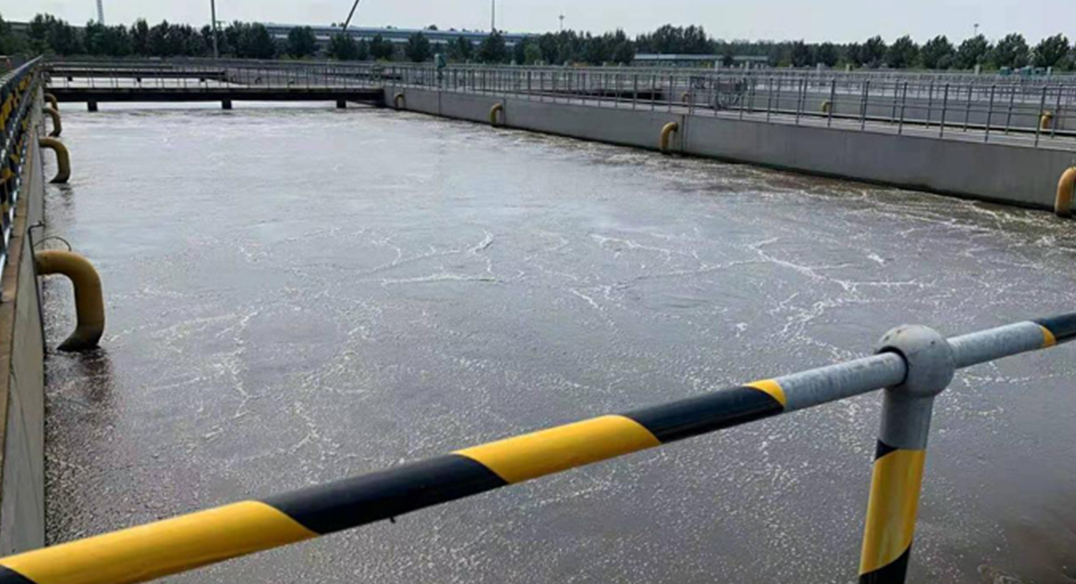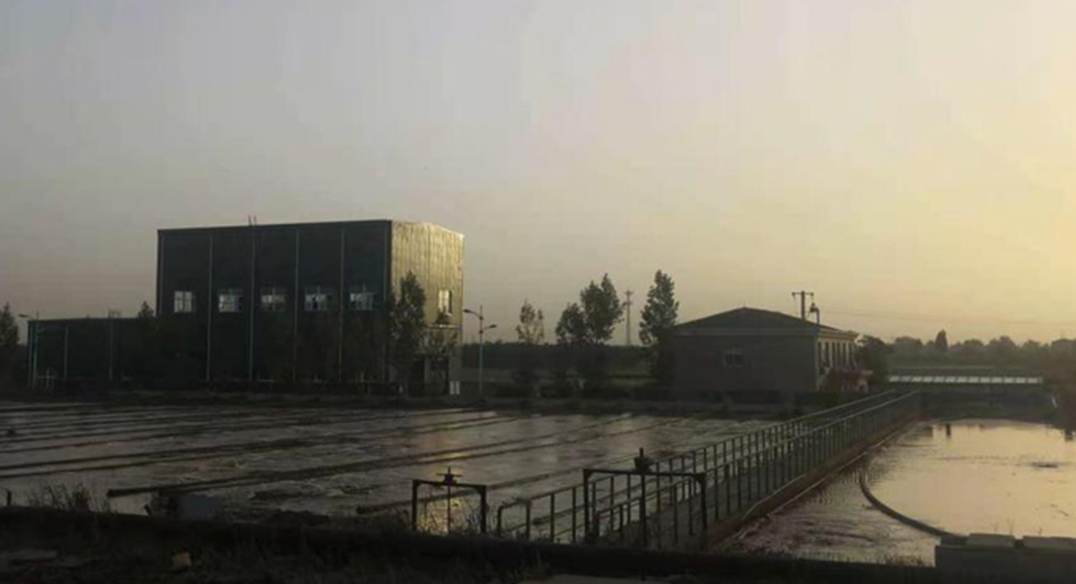More>>Product
More>>About us
———————— Company Profile ———————— Shandong Jiahua Water Treatment Technology Co., Ltd. was established in Au...

More>>news
- 01-29
Adsorption bridging effect of polyalumin
The working principle of PAC is mainly through the adsorptio...
- 01-29
Why Carbon Supplement in Aquaculture?
C/N ratio refers to the ratio of available organic carbon an...
- 01-29
Poly aluminum chloride precipitant is no
The coagulation treatment of water and wastewater includes t...
- 01-29
Performance and preservation of polyalum
Polyaluminium chloride has good adsorption and coagulation e...
- 01-29
The dosage of polyaluminium chloride in
Do you know how to decide the dosage of polyaluminum chlorid...
More>>cases







